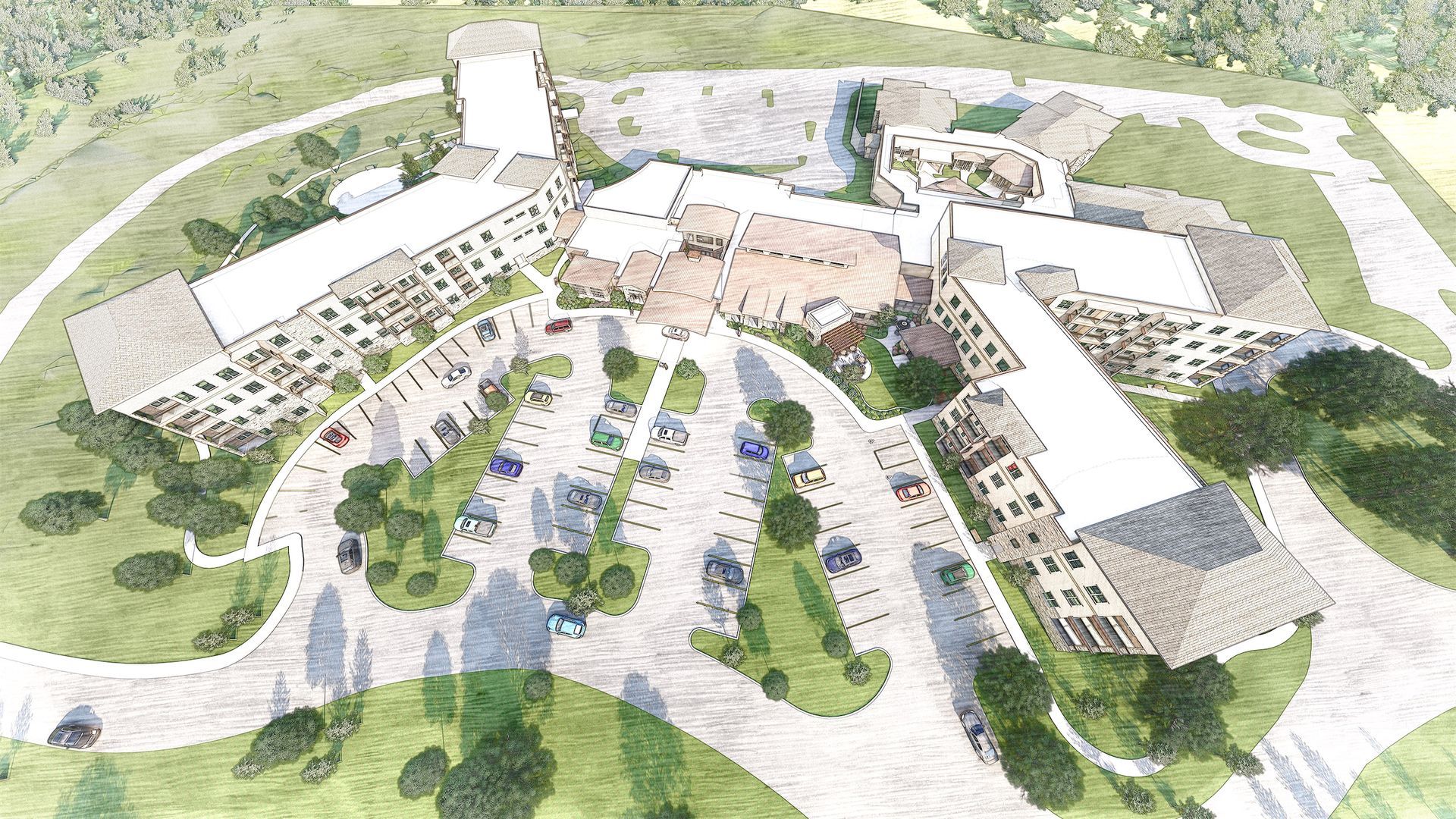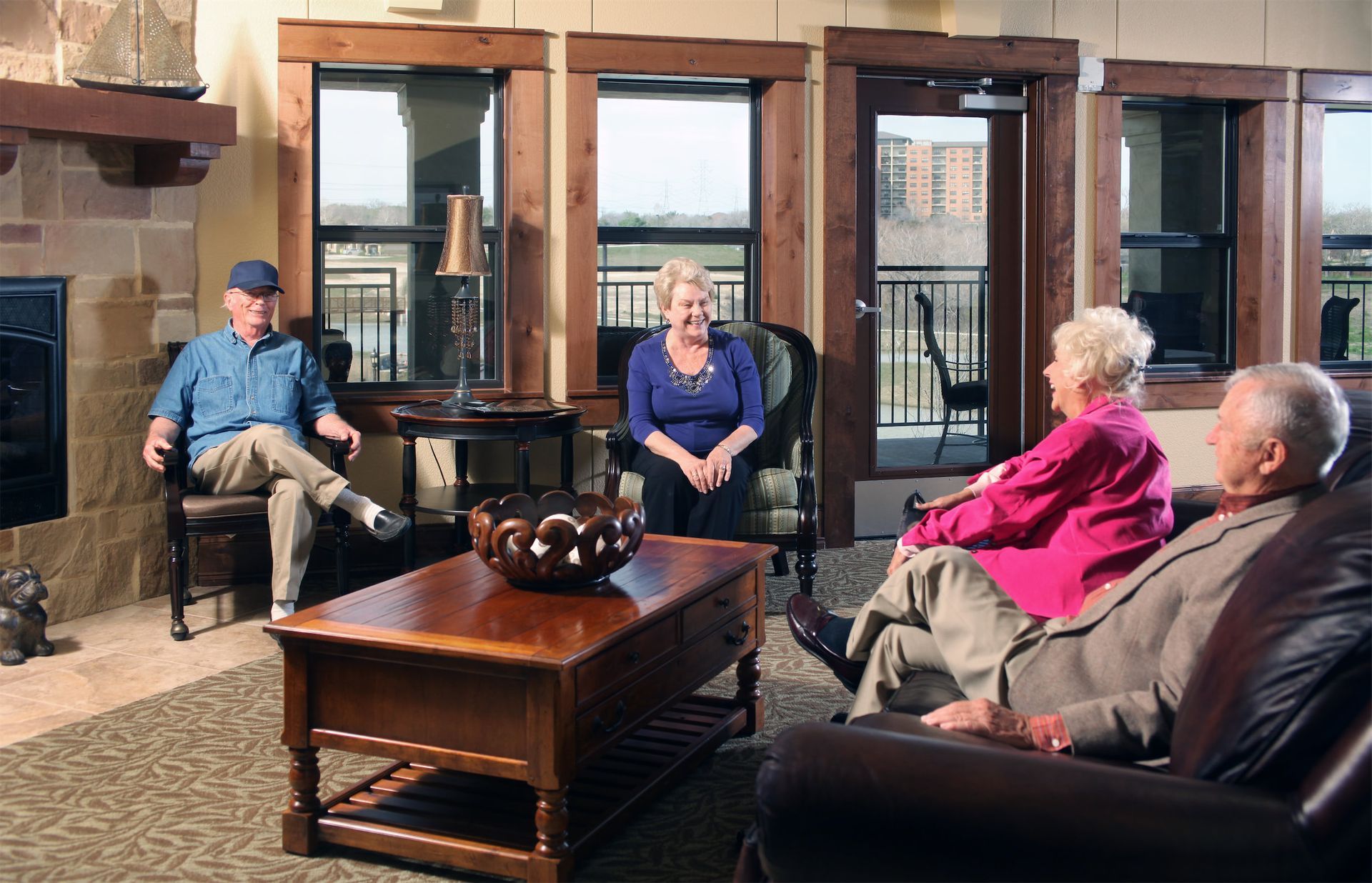The senior living/care industry continues to evolve, adapting to the needs and expectations of an aging population.
Today’s senior living communities emphasize wellness, independence, and engagement, moving away from outdated, institutional models toward resident-centered environments.
At Rheinlander Architects, we are at the forefront of these changes, designing spaces that enhance quality of life for older adults.
This blog explores the design trends shaping the future of senior living in 2025, from personalized living environments to innovative solutions for specialized memory support and intergenerational connections.
Trend 1: Generational Expectations Will Redefine Senior Living and Care Communities
With the rise of baby boomers entering their senior years, expectations have shifted toward autonomy, personalization, and hospitality-driven environments.
Modern residents want more than traditional care—they expect vibrant communities that foster independence, connection, and dignity.
- Spacious living environments with private bathrooms and the ability to personalize décor are essential.
- Inclusive design creates accessibility while promoting choice, dignity, and social interaction.
- Multi-generational senior living communities foster engagement between older and younger generations, providing opportunities for socialization while maintaining security and infection control protocols—an ongoing consideration since the pandemic.
To successfully meet these shifting expectations, it's critical to partner with architects who specialize in senior living design. Here’s what to look for when choosing the right architect to align your project with the latest innovations and best practices.
By responding to these evolving needs, developers can create welcoming environments that promote autonomy and enable older adults to successfully age in place.
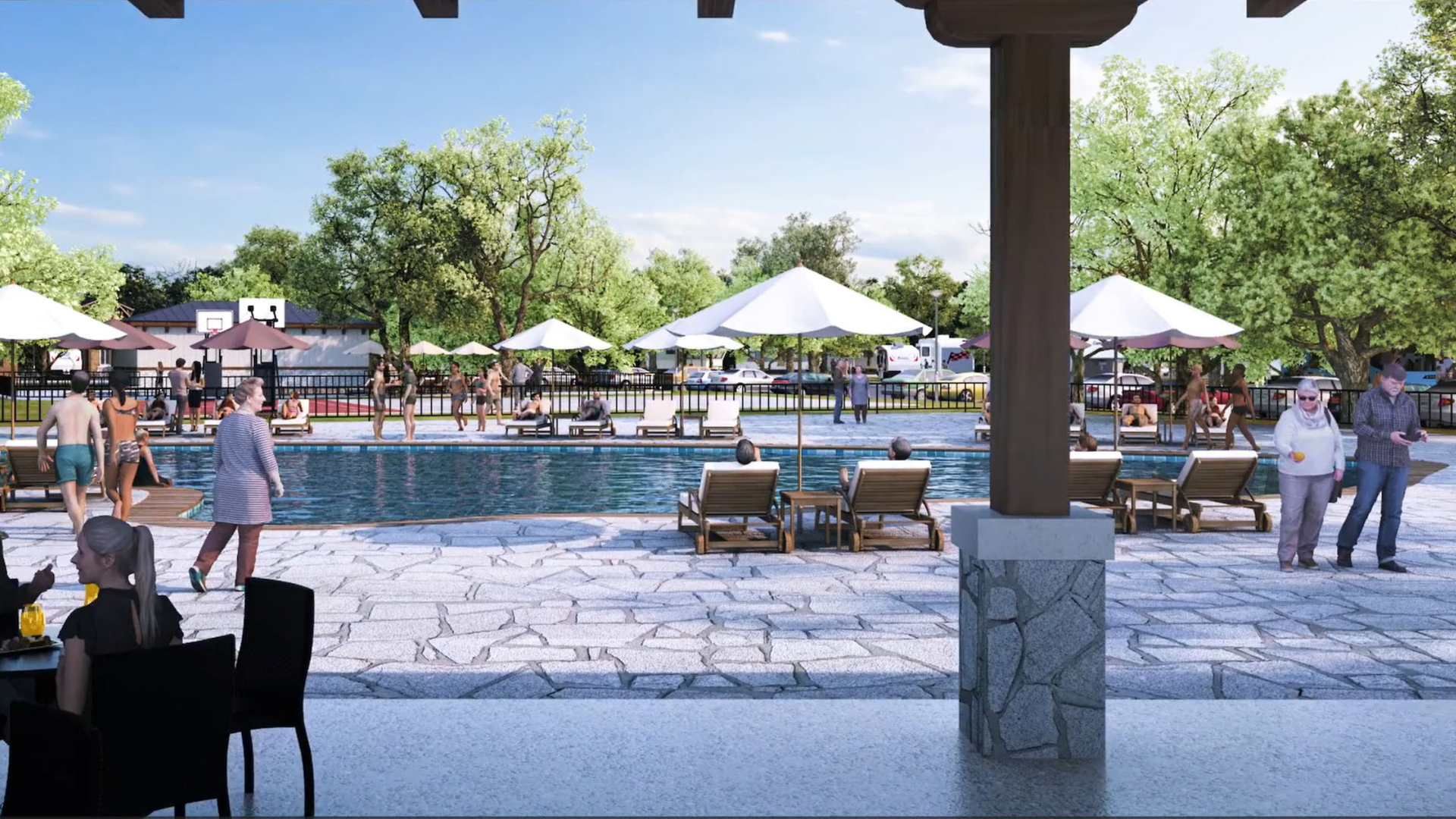
Trend 2: Lighting Design that Enhances Wellness and Cognitive Health
Proper lighting is a fundamental aspect of senior living design, directly affecting sleep, mood, and cognitive function.
Circadian lighting systems that adjust brightness and color temperature throughout the day can significantly improve health outcomes.
- Mimicking natural daylight cycles promotes better sleep, reducing confusion and agitation, particularly in specialized memory support communities.
- Improved lighting design reduces fall risks and enhances wayfinding for residents with cognitive impairments.
- Although advanced lighting systems require an initial investment, they lead to long-term benefits, including reduced reliance on artificial stimulants and medications.
As senior living/care continue to emphasize wellness, dynamic lighting will play a key role in shaping more resident-centered environments.
Trend 3: Biophilic Design
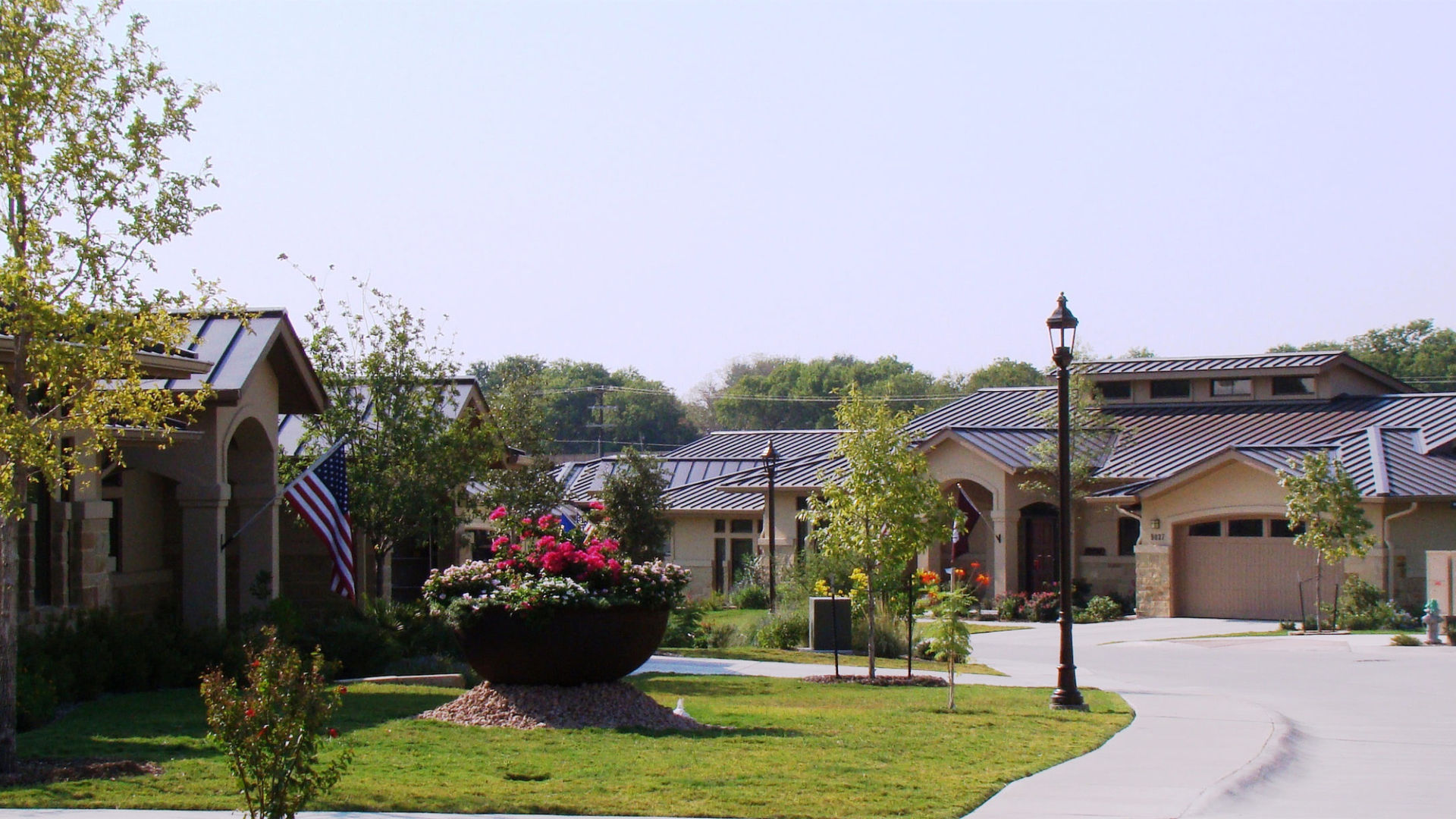
Nature plays a vital role in senior living environments, reducing stress and enhancing mental well-being.
Biophilic design incorporates natural elements such as wood, stone, and greenery to create restorative environments that support health.
- Indoor gardens, green walls, and raised planters allow residents to engage with nature year-round.
- Safe, accessible outdoor environments provide opportunities for socialization, physical activity, and relaxation.
- In specialized memory support settings, controlled outdoor access allows residents to enjoy nature while maintaining safety.
By integrating biophilic design principles, communities can enhance resident engagement, promote mental and emotional wellness, and support active lifestyles.
Trend 4: Technology Advances Personalization and Safety
Technology is transforming senior living/care environments, enhancing both autonomy and security.
- Smart home features, such as automated lighting, temperature control, and voice-activated assistance, improve convenience and accessibility.
- Memory care innovations, including personalized media stations and digital wayfinding, help residents navigate their environments more easily.
- Predictive analytics and AI-powered resident monitoring enhance safety while maintaining privacy.
As independent living and assisted living communities strive to support aging in place, technology will continue to play a crucial role in improving quality of life and resident autonomy.
Trend 5: Personalized Living Environments that Create a Sense of Home
The shift away from institutional models means that personalized living environments are now a priority in senior living/care.
- Flexible living spaces allow residents to configure their rooms according to personal preferences.
- Community layouts incorporate a mix of social hubs, quiet retreats, and hospitality-driven spaces to suit different personalities and needs.
- Customizable residential design fosters independence while promoting a sense of belonging.
- A shift in language: Many operators and designers are moving away from terms like "senior living facilities" in favor of less institutional language, reflecting the industry's move toward personalization and engagement.
By focusing on resident choice, senior living communities can create environments that feel more like home, improving quality of life for older adults.
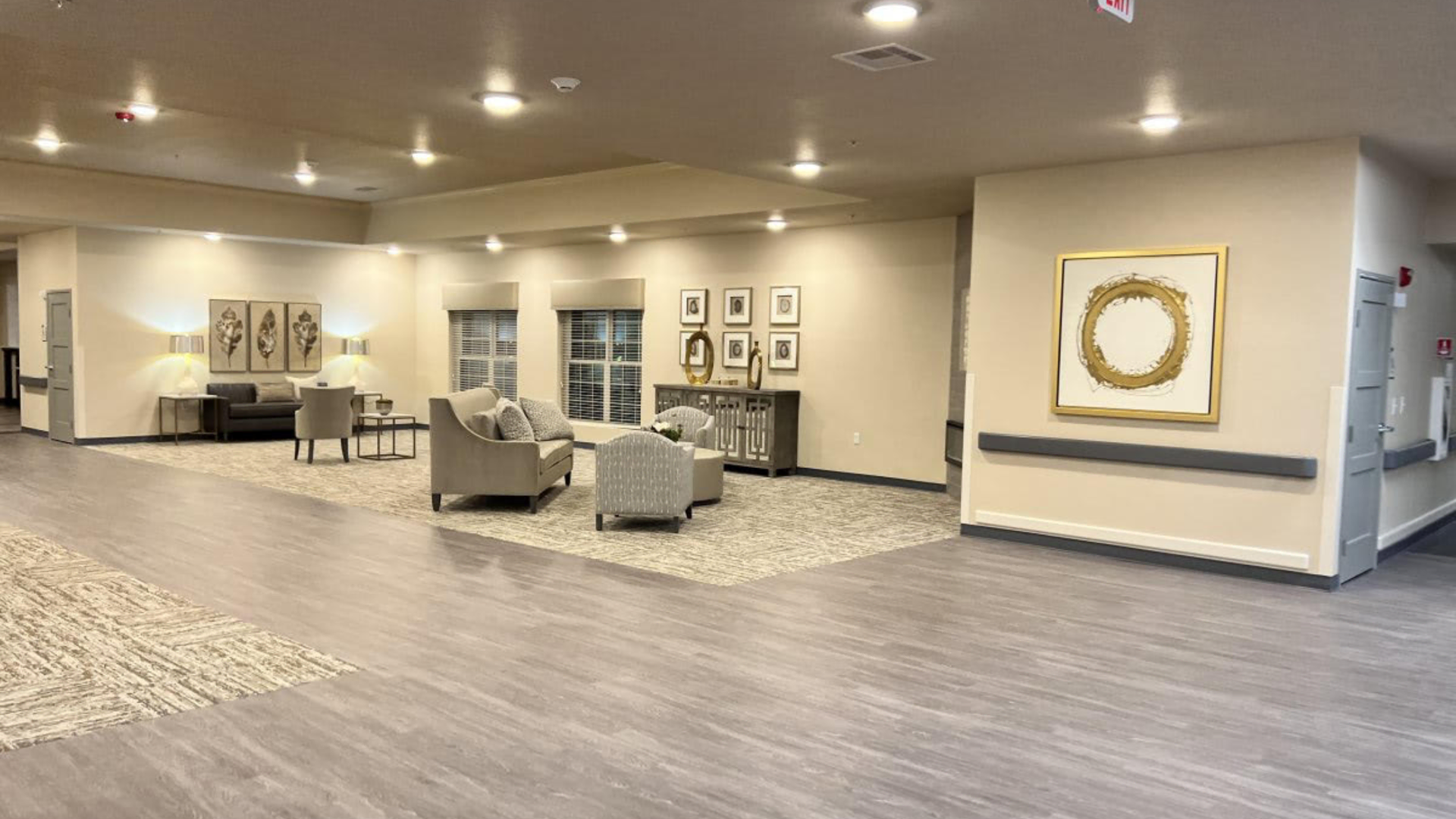
Trend 6: Increased Demand for Specialized Memory Support Design
With the increasing demand for specialized memory support communities, design strategies are evolving to better serve residents with cognitive impairments.
- Predictable layouts and visual cues to reduce confusion and anxiety.
- Sensory stimulation amenities, including multi-sensory rooms and therapeutic gardens, promote engagement and calmness.
- Lighting, sound, and color contrast are carefully designed to improve wayfinding and reduce overstimulation.
As research continues to support the link between environmental design and cognitive health, the demand for evidence-based memory support environments is expected to grow.
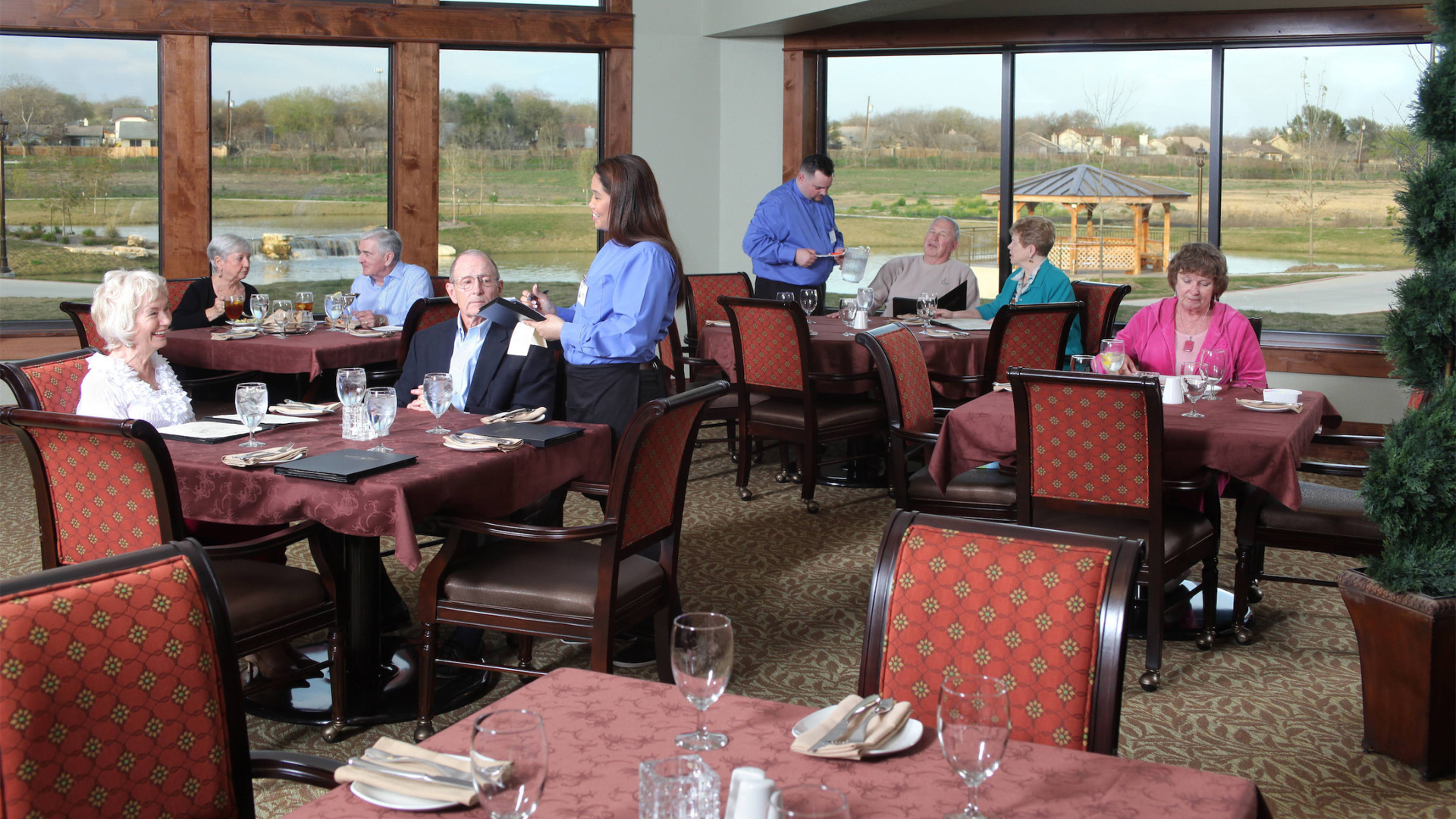
Trend 7: Community-Centered Design to Strengthen Social Connection
The pandemic underscored the importance of social connection in senior living communities.
Modern living environments are shifting toward community-centered design, where engagement and interaction are prioritized.
- Dynamic common areas, such as cultural spaces, wellness lounges, and town hall apartments, encourage resident interaction.
- Outdoor social spaces, including gardens, courtyards, and multi-generational activity zones, promote active aging.
- Resident-led programming and flexible event spaces allow older adults to take an active role in shaping their communities.
By fostering meaningful connections, senior living communities enhance resident engagement, emotional wellness, and overall quality of life.
Trend 8: Sustainability As a Key Consideration in Senior Living Design
Sustainability is an integral part of senior living/care development, leading to cost savings and improved resident wellness, while being environmentally responsible.
- Energy-efficient buildings reduce operational costs while enhancing indoor air quality.
- Eco-friendly materials promote health-conscious environments by minimizing toxins and allergens.
- Universal design principles create communities that are adaptable to residents' changing mobility needs over time.
As senior living communities continue to evolve, sustainability will remain a driving force in design and construction strategies.
Shaping the Future with Senior Living/Care Design Trends
The senior living industry is entering a new era, where personalized environments, advanced wellness strategies, and technology integration define the future.
The top senior living design trends for 2025 reflect the demand for autonomy, engagement, and sustainable practices in older adult communities.
At Rheinlander Architects, we are dedicated to creating resident-centered environments that support independence, dignity, and quality of life. Whether designing for independent living, assisted living, or specialized memory support, our team helps every project enhance well-being and community engagement.
Ready to shape the future of senior living?
Contact Rheinlander Architects and let us help transform your vision into reality.
